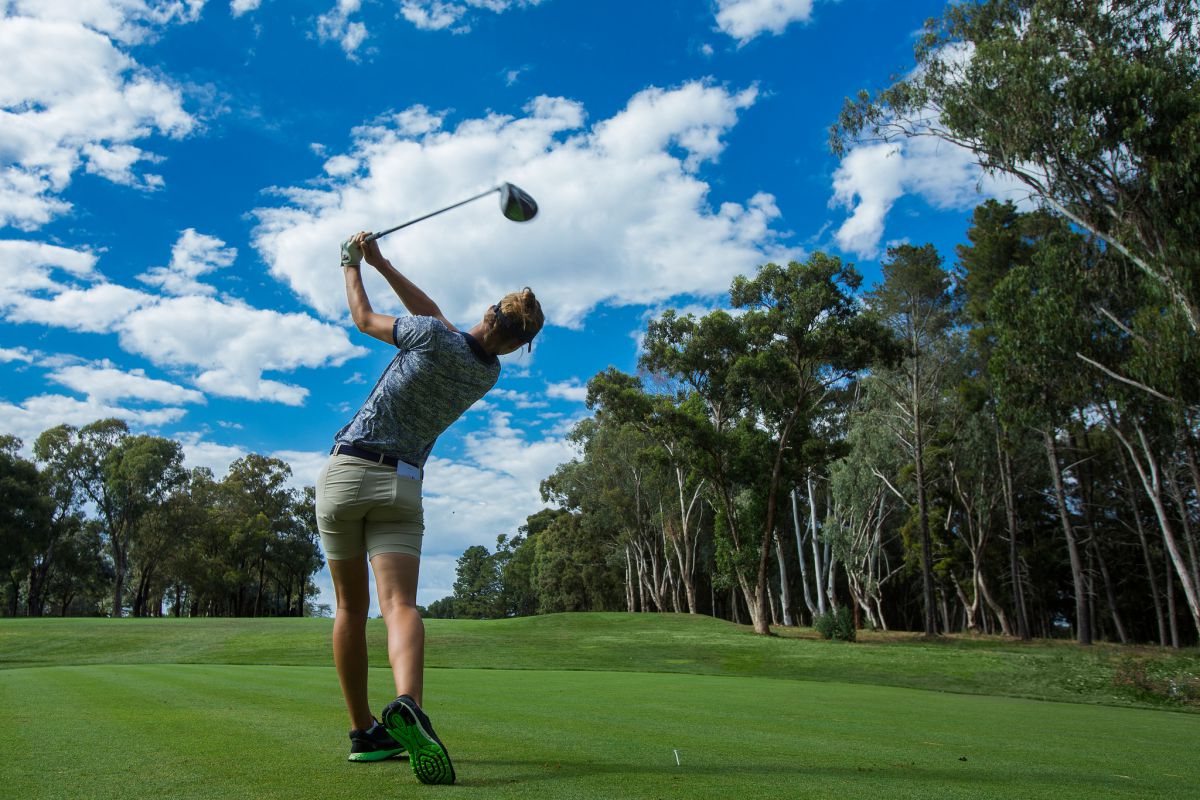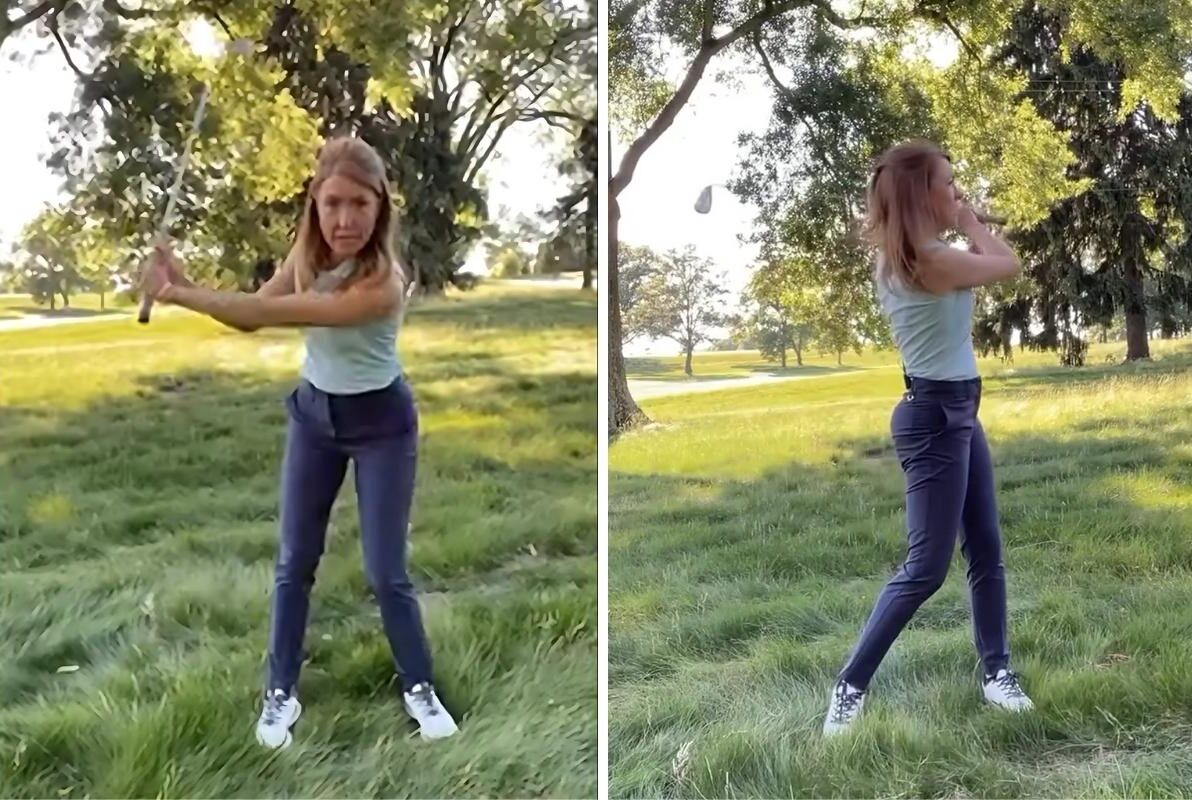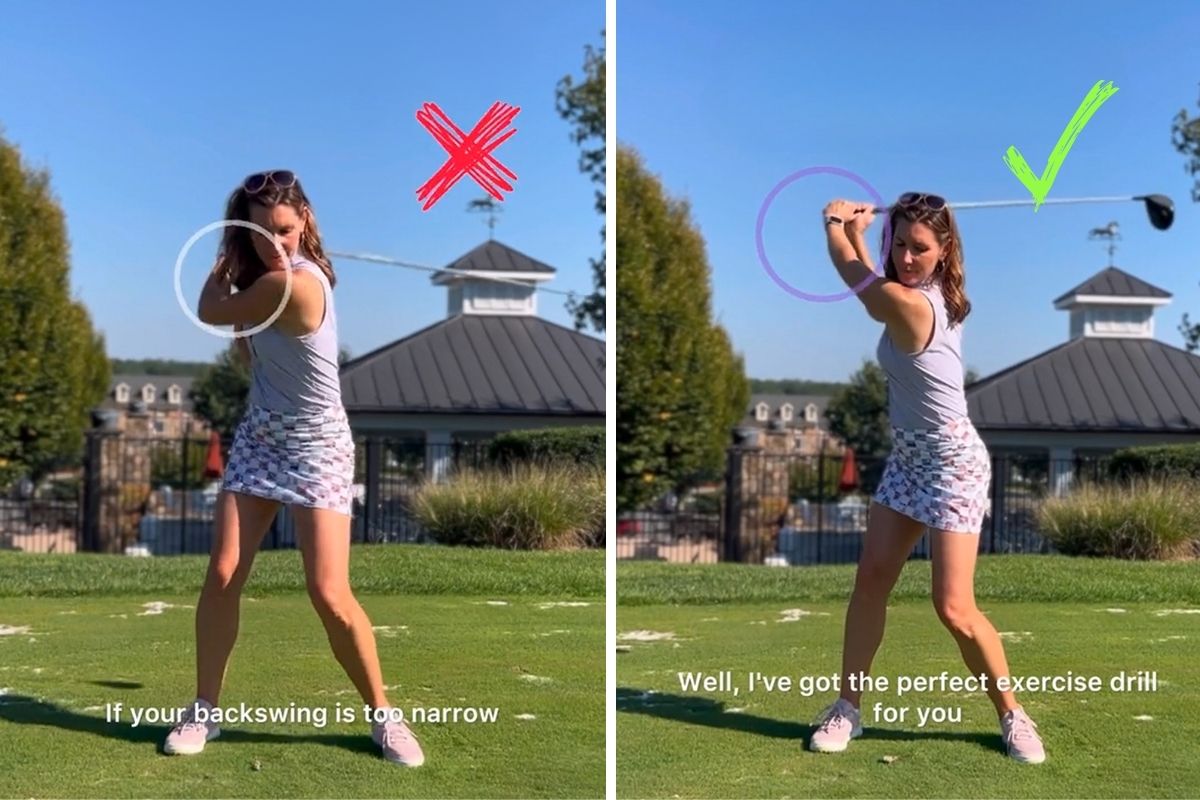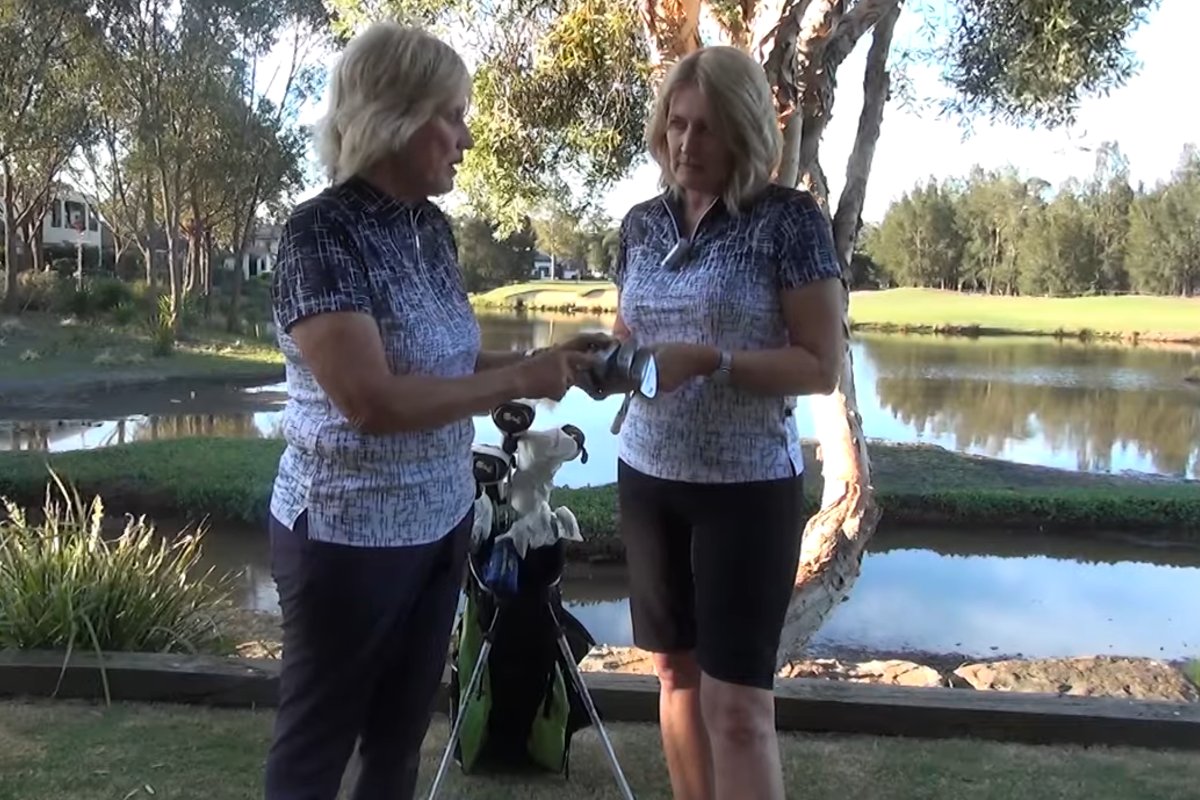When a student is hitting their irons well and having trouble with the driver, I am reminded of a comment a colleague mentioned to me straight from one of the finest teachers ever, Harvey Penick. He said that a golfer can hit his irons pretty well without shifting his weight, but to hit the driver well, the golfer must shift his weight.
I imagined that Harvey realized that the golfer’s hands and arms can swing the shorter club in sync with the turning body, but not as easily with the longest club in the bag. The body usually gets too far ahead of the club in the downswing.
When you transfer your weight with the swinging of the club (happens more “naturally” than you might imagine!) at the beginning of the takeaway, you will set up a right side axis…a one-legged balance which now frees the left side to turn outward behind the golf ball. This not only gives more time for the club to get to the top of the backswing but also permits a good shoulder turn. It is as if the body is now “unlocked” and capable of turning when you are loaded on the right side as if the ball/socket joint of the hip can now work easier.
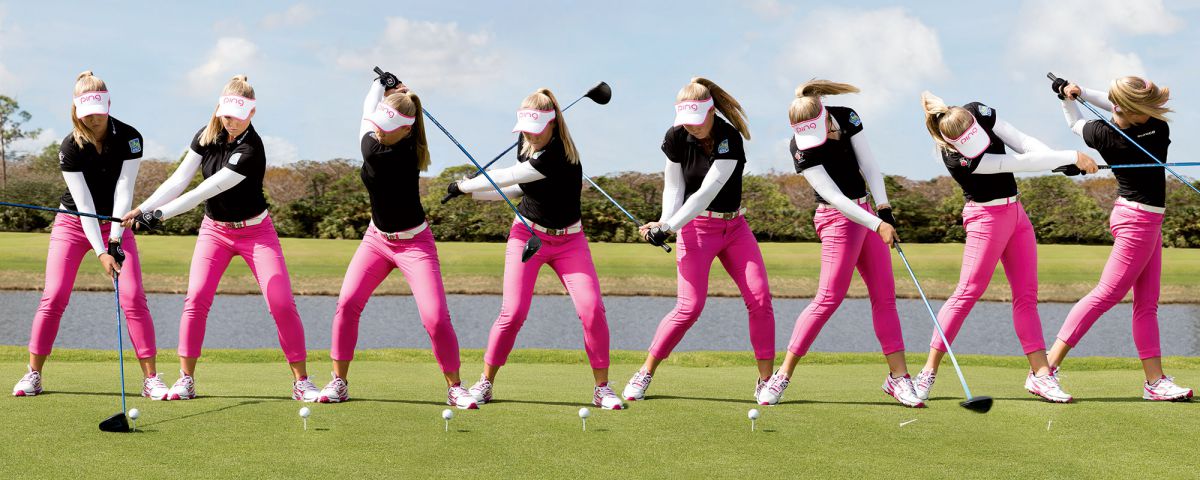
Now, as it is in the backswing, it is in the forward swing. A change of axis and weight shift from the right foot to the left foot starts the forward swing with the swinging of the club for the same reasons.
Turning the body first and only would not allow enough time for the club to return to the golf ball and would likely create a bottom of arc off of the right foot behind the ball. The dreaded fat shot.

Creating the left side axis not only produces speed (thus…distance!) but a bottom of swing opposite the left armpit. The left axis, a one-legged balance, also frees up the right side (shoulders and hips) to finish up on the right toe and even with the left side.
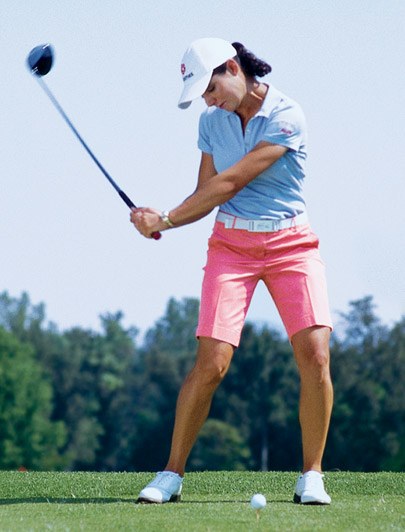
This critical transitional movement is a feeling of going heel, toe, heel, toe. The weight at the top of the backswing is felt on the right heel (certainly acceptable to sense that your right hip is slightly outside your outer right heel over your ankle bone…this is not a sway!) and towards the ball of the foot/inside left big toe. To start the forward swing, the golfer plants his left heel, allowing the weight to shift with the right foot rolling and releasing to the inside right big toe/ball of the foot. An appropriate, kinetic chain sequencing is therefore established for a good hit and photo finish.
The club and arms will start down at the same time the heel is planted…you are one flow, not a bunch of segmented pieces in this blended swing motion. It likely is noted and possibly felt that the first move down “feels” like your weight shifts first. This is a good thought, similar to the sensation of “stepping” before you “throw”. Sam Snead was notorious for planting his left heel in long driving contests…in fact, he said he slammed his left heel down with such great force to start his downswing to hit it long that he tore his Achilles tendon. He then continued to do this to play professionally, just not as aggressively.
There are several ways to “get” this weight transfer ideal. Some like to think of shifting their center of gravity to the right and left and others think of a lower spine shifting from right to left in a “wrecking ball” kind of image. This will not be a “sway” as long as it is a right side load with a turn and a left side load with a turn, both done with minimal head movement. The sequence of shift-turn on the backswing and shift-turn on the forward swing should help you “get your shift together”! In many sports throwing and striking actions incorporate the same sequencing…continue this athleticism with your golf swing and you will be on your way to more consistent (not to mention longer) drives! Perhaps more “body friendly” too!
Deb

